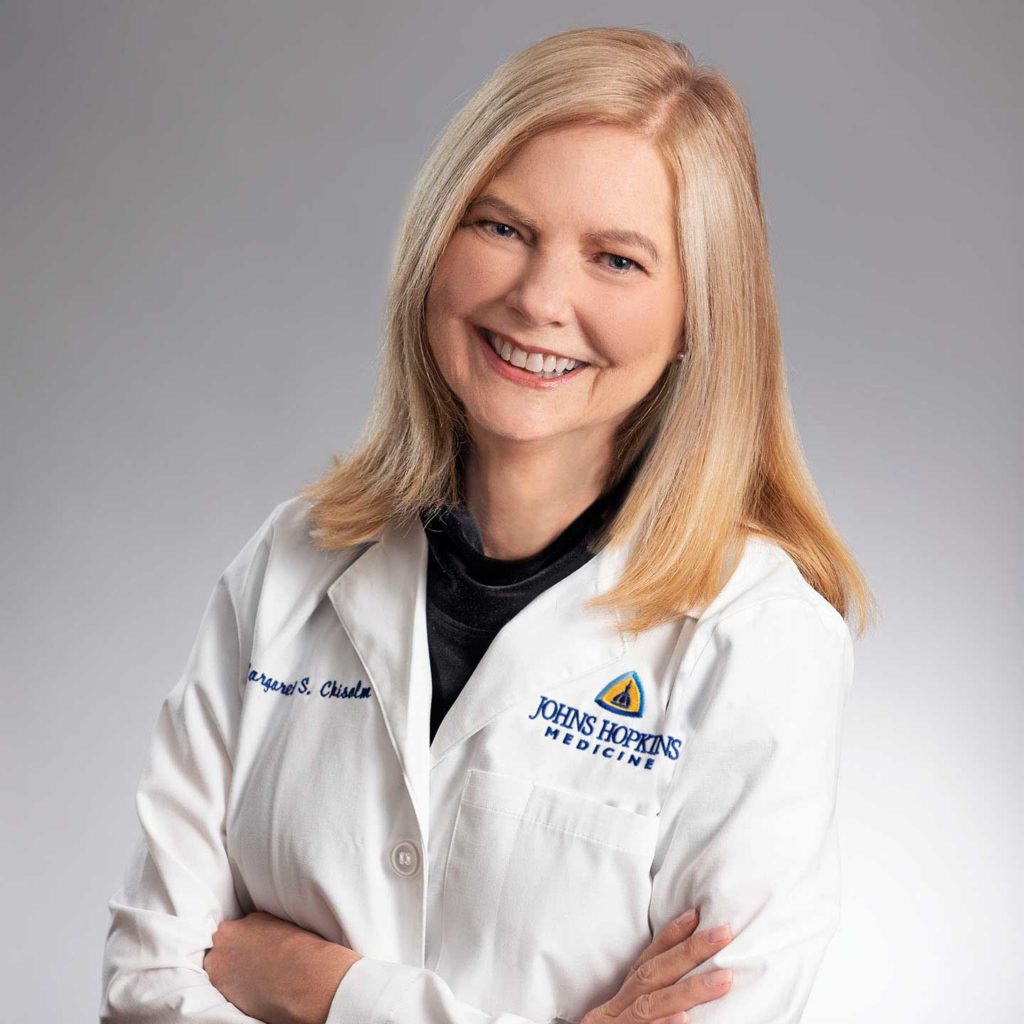Takeaway
Building a strong therapeutic alliance between patient and clinician—via open communication, mutual respect, and trust—is a lifeline for the individual patient with an Opioid Use Disorder.

Passion in the Medical Profession | May 16, 2018 | 2 min read
By Margaret Chisolm, MD, Johns Hopkins Medicine
The US is in the midst of an opioid crisis like we have never seen. More of our mothers, fathers, sisters, and brothers are dying of drug overdoses than ever before. In 2016, 42,000 people died from opioid overdose.
This unprecedented loss of lives represents the highest number of drug overdose deaths in the history of record-keeping in the US . To put these numbers in perspective, in 1995—the peak of the AIDS crisis in the US—43,000 Americans died due to HIV/AIDS. Drug overdose is thought to be the major driver of declining US life expectancy, now at 78.6 years of age. Clearly, opioid use disorder (OUD) and overdose are the major public health challenges of our time.
My colleague at Johns Hopkins, Dr. Alene Kennedy-Hendricks, has studied public attitudes toward people with OUD and whether these attitudes affect support for punitive and public health-oriented policy interventions. Specifically, she tested whether social stigma was associated with support for these approaches. What she found was—in part—surprising.
Most people surveyed expressed high levels of stigma toward people with OUD, regardless of whether the person surveyed had any personal experience with OUD (either their own or that of a relative or close friend). Less surprising was that these higher levels of stigma were also associated with greater support for a punitive, as opposed to public health-oriented, policy approach to OUD.
In spite of the growing knowledge and understanding of addiction as a chronic relapsing medical condition, people with OUD continue to experience stigmatization, even from their own family and friends.
To be sure, even otherwise clinically excellent doctors—whether we like it or not—harbor implicit bias against people with OUD. Thus, it is incumbent upon us as healthcare professionals to be aware of this bias, to remind ourselves of the truth that all patients deserve our utmost compassion and care, and to act on that commitment.
Punishing people with OUD—whether in the criminal justice system or in the clinic—is not supported by the scientific evidence and is not the way out of the present opioid crisis. Nor will an individual doctor working with an individual patient in a clinic alone reverse this national epidemic. But building a strong therapeutic alliance between patient and clinician—via open communication, mutual respect, and trust—will be a lifeline for the individual patient with OUD. Helping each of our patients with OUD envision a life without opioids as a first step towards recovery can make the difference between life and death for that patient.
Fight the stigma!

